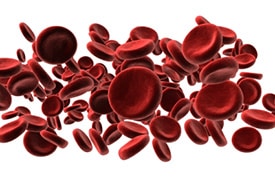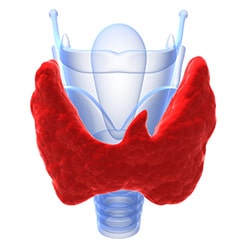Leukemia Treatment

Leukemia | Overview
Leukemia, also called “blood cancer”, is characterized by the growth of cancer cells in blood-forming tissues such as bone marrow. Leukemia can be a particularly difficult cancer to treat as blood and blood-forming tissue are located throughout the body.
A series of genetic mutations are responsible for the development of cancer. While these mutations are random, certain factors may increase their frequency and, therefore, the chances that the mutation will cause cancer. Smoking may increase the risk of cancer. A family history of leukemia, and genetic disorders such as Down syndrome may all increase the risk of developing blood cancer as well.
Leukemia | Symptoms & Diagnosis
Early detection and treatment of leukemia is one of the best ways to increase the chances of surviving the cancer. Regularly checking for the signs and symptoms of leukemia is typically a good way to aid in early detection. Early warning signs of leukemia often include:
- Weakness
- Fatigue
- Fever
- Frequent bruising
- Frequent infections
- Soreness or pain
- Excessive sweating
- Unexplained weight loss
Testing for leukemia (and many other cancers) is often a straightforward process. For leukemia, a blood test can be enough to determine the presence of cancer. Occasionally a bone marrow sample will be used to diagnose blood cancer. Once the cancer is identified, the next step is usually to determine its stage of development.
Leukemia | Stages of Development
There are many types of leukemia. Each form of the cancer carries their own unique set of stages . In general, the progression of stages is based on the growth and spread of cancer cells. In later stages of leukemia, cancer cells typically spread to many different regions of the body, particularly the lymph nodes. If leukemia is detected in its early stages, more can be done to eliminate it from the body.
Leukemia | Treatment
Because leukemia effects the blood, there are a number of cancer treatment options available beyond chemotherapy, radiation, and drugs. The more traditional cancer treatment options are often less preferred as side effects include nausea, vomiting, weakness, fatigue, weight loss, and hair loss.
Biological therapy is a cancer treatment which involves training your immune system to target and eliminate cancer cells. Stem cell therapies are also used to replace cancer cells in bone marrow with healthy tissue. Unfortunately, many cases of leukemia are not detected early enough for these innovative new treatments to be considered viable.
Leukemia | Prognosis
Because there are so many forms of blood cancer, it is difficult to provide a single number for the five-year cancer survival rate. However, in most cases, the cancer survival rate for leukemia is quite high (above 50%). Should the cancer spread or be detected in its later stages of development, the chances of survival decrease significantly. Patients and families of leukemia patients need strong support networks and a positive outlook. Put your mind at ease today by finding the right doctors and treatment options for you. Call or contact us online.




